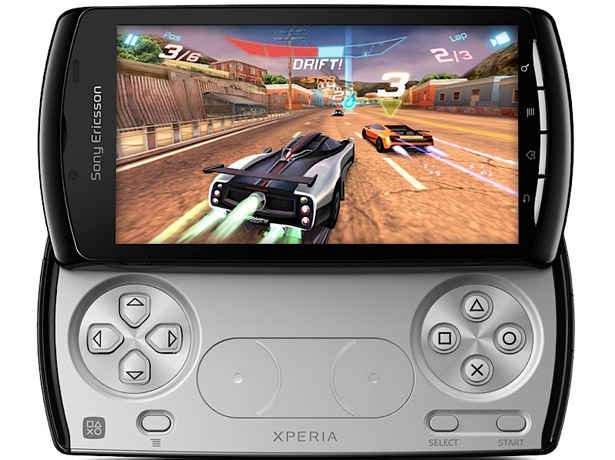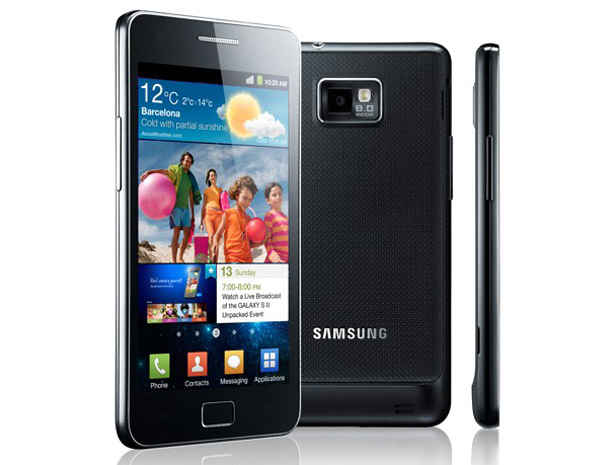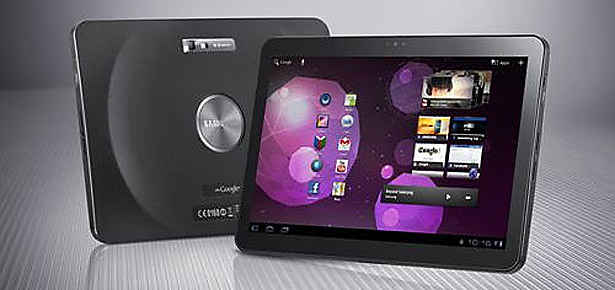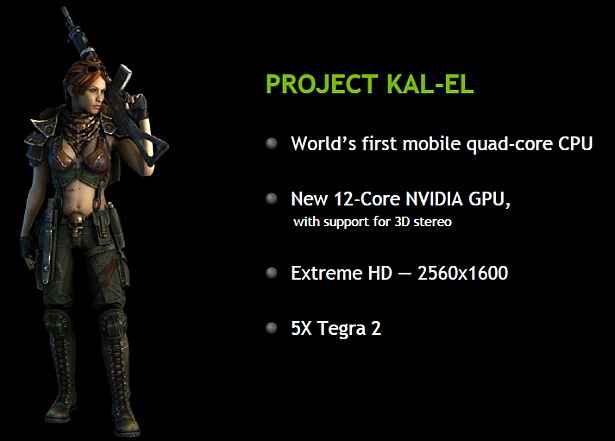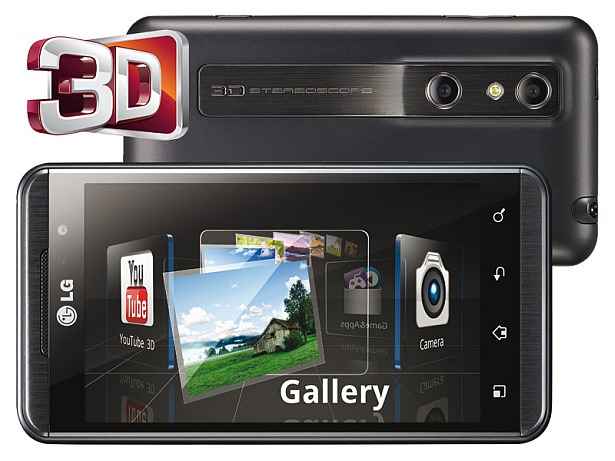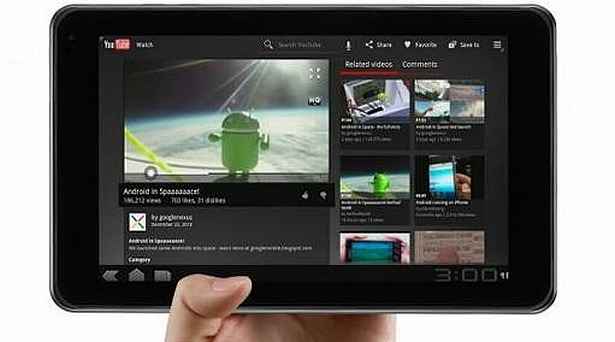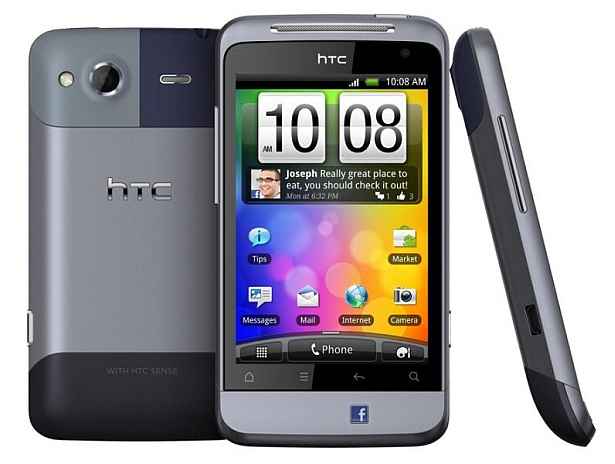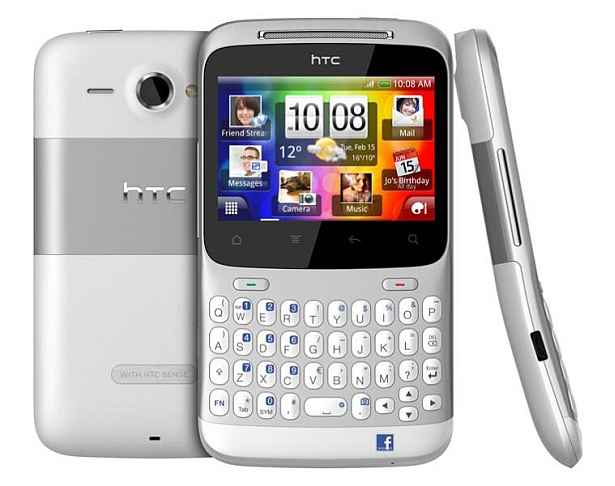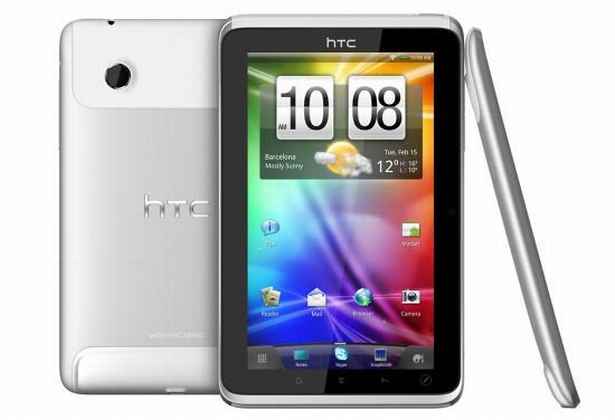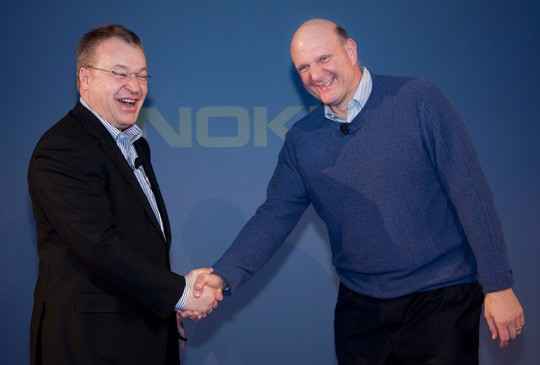Our top picks of MWC 2011
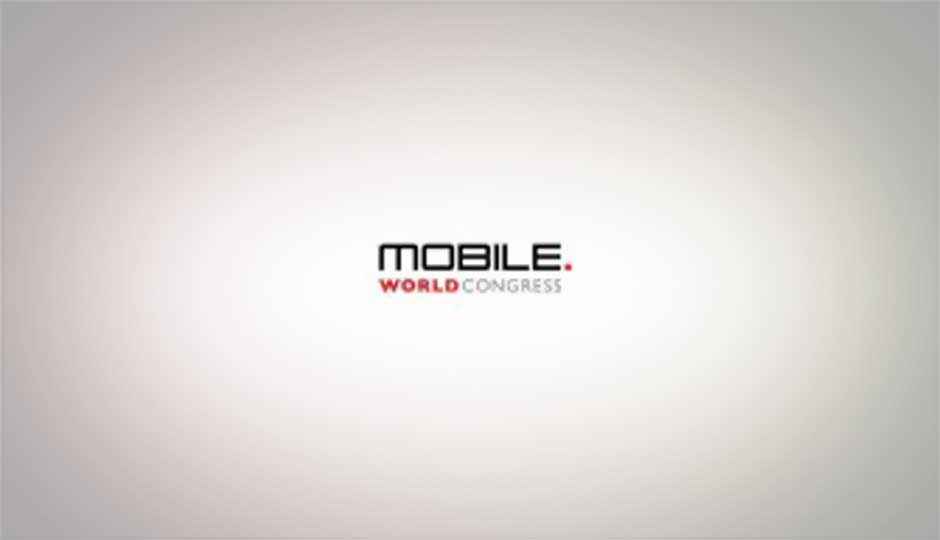

The Mobile World Congress 2011 brought quite a few interesting devices and technologies to the forefront, and while none of them were shockingly new, some stood out much further than others.
Many of the bombshells were launched a few days ahead of MWC 2011, with Sony Ericsson, Nokia, Microsoft, and Samsung some of the most eager. Notable mentions, almost a week ahead of MWC, was Texas Instruments’ OMAP 5 announcement – showcasing the company’s next generation mobile device platform; and HP’s detailed preview of its upcoming webOS tablet (TouchPad) and phones (Pre 3 and Veer). For detailed coverage of the Mobile World Congress 2011, click here.
1.Sony Ericsson Xperia Play:
The much-awaited, much-baited, PlayStation Phone a.k.a. Xperia Play was finally revealed in all its hardware keypad glory, bringing gaming to the entire Android platform with a whole PlayStation Suite ecosystem in tow, with third-party games and other manufactuer’s devices requiring just a “PlayStation Certified” accreditation.
This, together with the Next Generation Portable (NGP) or PSP2, ensures that Sony has held its mobile gaming future firmly by the reins.
The joint venture between the two giants also revealed two other devices, the Neo and Pro, further expanding the new-age Xperia line with the latest operating system (!), Android Gingerbread, onboard.
2.Samsung Galaxy S II & Tab 10.1 (II):
Samsung unveiled the official successor to the Galaxy S – the Galaxy S II (I9100) – in a pre-MWC announcement, along with news of its upcoming 10.1-inch Galaxy Tab II, both of which are scheduled to release by March.
The Galaxy S II is making headlines with its 4.3-inch better-than-iPhone 4-display (Samsung’s Super AMOLED Plus), its dual-core CPU and 1GB of RAM, 1080p HD video recording, and its ultra-slim 8.49mm width. Running on Gingerbread, the Galaxy S II will also feature an improved UI customization – TouchWiz 4.0, which will now come with four new hubs, called Reader, Game, Music, and Social. New enterprise level security features will also come along for the ride. for specialized UI interactions.
The Samsung Galaxy Tab II runs Android 3.0 (Honeycomb), and offers a 1280×800 pixel (WXGA) resolution on its 10.1-inch screen. Other new features include an 8MP rear-facing camera capable of 1080p HD video capture, a 2MP front-facing camera for video-calling, stereo speakers, and more.
Click next to read on, #3 to #5, of the top announcements and products of MWC 2011…
3.Quad-core for mobile devices:
MWC was the stage for the unveiling of numerous dual-core mobile phones, however, Qualcomm and Nvidia had a point to make. Demoing their latest chipsets and SoCs, the companies showed off quad-core mobile processors that were destined for tablets.
Qualcomm’s Snapdragon quad-core chipset (APQ8064) is called Krait, with each core operating at a maximum of 2.5Ghz. It apparently gives 150% better performance at 65% lower power than Qualcomm’s latest-generation Snapdragons.
While news of Qualcomm’s 2.5GHz quad-core mobile processors was still resounding in the portable world at MWC, Nvidia showcased its upcoming Tegra ‘Kal-El’ processors – which will also feature four cores.
Promising over 5 times the performance of the current Tegra 2 architecture, the Kal-El Tegra 3 SoC processor has some pretty crazy specs apart from its four Cortex A9 CPU cores, including twelve GPU cores. It also is capable of supporting ultra-HD (1440p) resolutions up to 2560×1600, and supposedly outpaces a Core 2 Duo T7200 desktop processor.
The battle between the heightened when Qualcomm said its Snapdragon chipsets offer a more complete solution than just the raw graphical power of the Nvidia’s Tegra platform, and heightened further when Nvidia retorted their Tegra 3 would start shipping in devices by 2011, months ahead of Qualcomm’s 2012 schedule.
4.LG Optimus 3D & Pad:
While most hands-on takes of the product did not seem to be too excited, the LG Optimus 3D still marks the first implementation of auto-stereoscopic (glasses-free) 3D in a phone by a major mobile manufacturer. LG also announced a partnership with YouTube, enabling users to upload (taken with the phone’s 3D camera) and view 3D content with ease.
The LG Optimus Pad was first showcased during CES 2011 as the LG G-Slate, co-branded with T-Mobile. It got a lot more coverage during MWC 2011, boasting of a not so common form factor (8.9-inch screen size), and of course, 3D cameras. The Optimus Pad also has a 3D display, reputedly to be used with passive 3D glasses.
Click next to read on, #5 and honourable mentions, of the top announcements and products of MWC 2011…
5.HTC Facebook Phones:
HTC was named the Device Manufacturer of the Year at the Global Mobile Awards, and, to perhaps prove a point – introduced six new products at MWC 2011 – five new phones and its first tablet (HTC Flyer) at MWC 2011.
|
Salsa
|
ChaCha
|
Apart from a not too detailed preview of its upcoming Android 2.4 tablet, HTC’s two new Facebook-integrated phones, HTC Salsa & ChaCha, were certainly the highlights of the company’s offerings at HTC – giving users the ability to one-click connect and share on the world’s largest social networking sites. Both phones also run on Android 2.4 (rumoured to be Ice Cream), a combination of Honeycomb and Gingerbread, and will feature the acclaimed HTC Sense UI apart from native context-menu Facebook integration. Both full-touch (Salsa) and QWERTY-touch (ChaCha) form factors of Facebook phones were shown off.
(Dis)honourable Mention: Nokia-Microsoft
The Nokia-Microsoft vision of a global mobile ecosystem: Announced three days before the start of MWC 2011, the partnership has left a bitter taste in the mouth for many, not in the least Qt developers and Intel, who would be quite justified in feeling they had been left in the lurch, and way out of the loop. Scathing criticisms of the move are abundant, with Nokia facing the brunt of the attack – accused of alienating their developers and taking the easy way out of their smartphone troubles.
For Microsoft, things are only looking up – with a variety of Nokia services including Ovi Maps a major part of the deal, as well as an already heightened developer interest in WP7 as a platform.
Implications for Nokia and Nokia fans are a bit harder to predict, with time, the state of the WP7, and the uber-competitive smartphone market the deciding factors in Nokia Windows Phone 7’s global reception when the first devices arrive in late 2011.
For more coverage of MWC 2011, click here.

